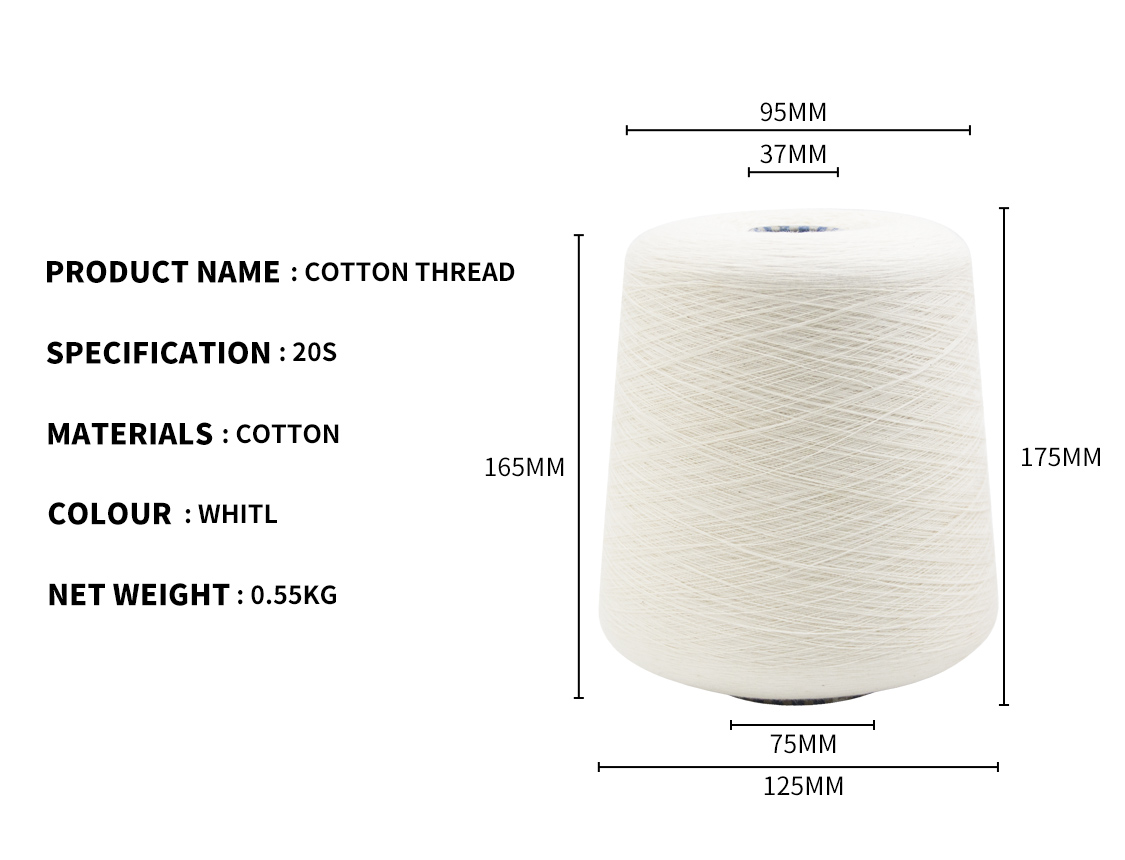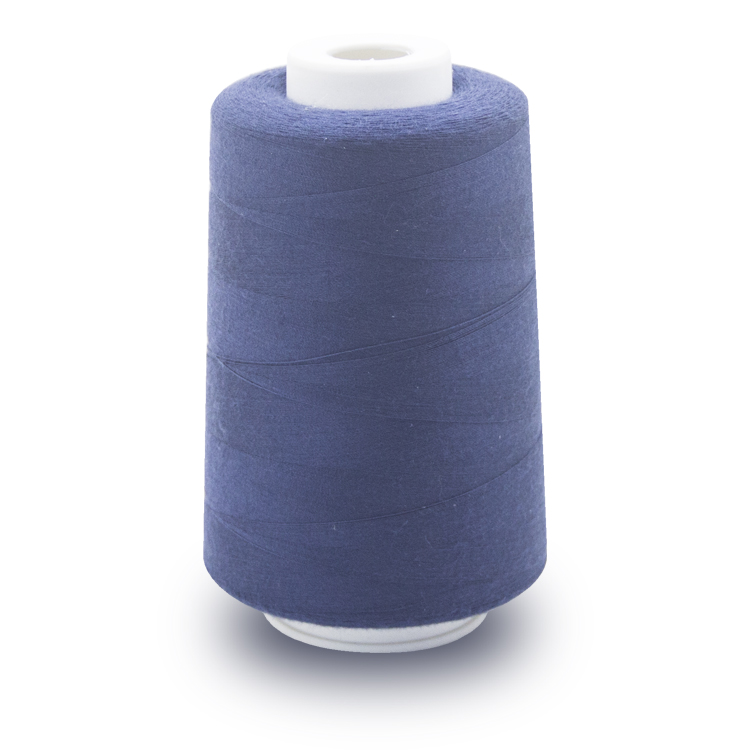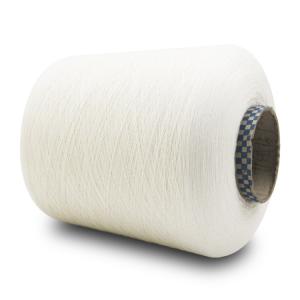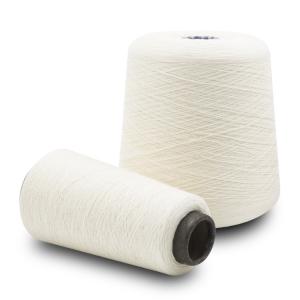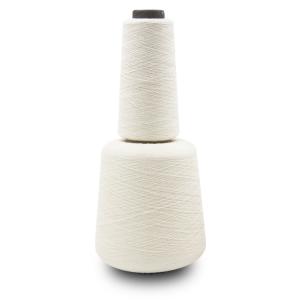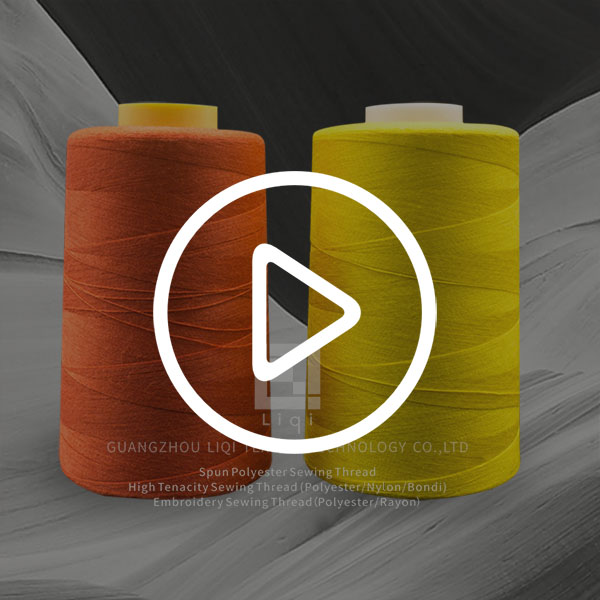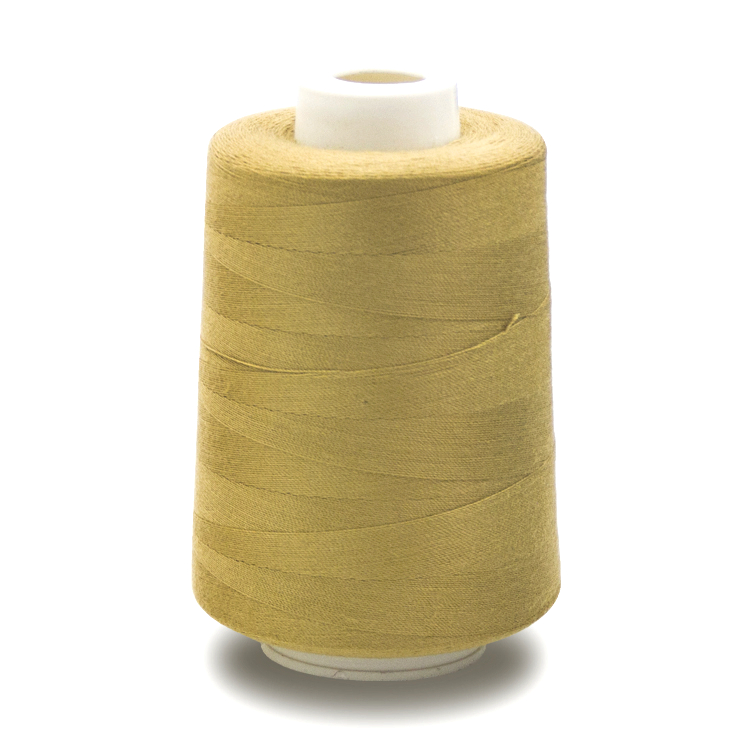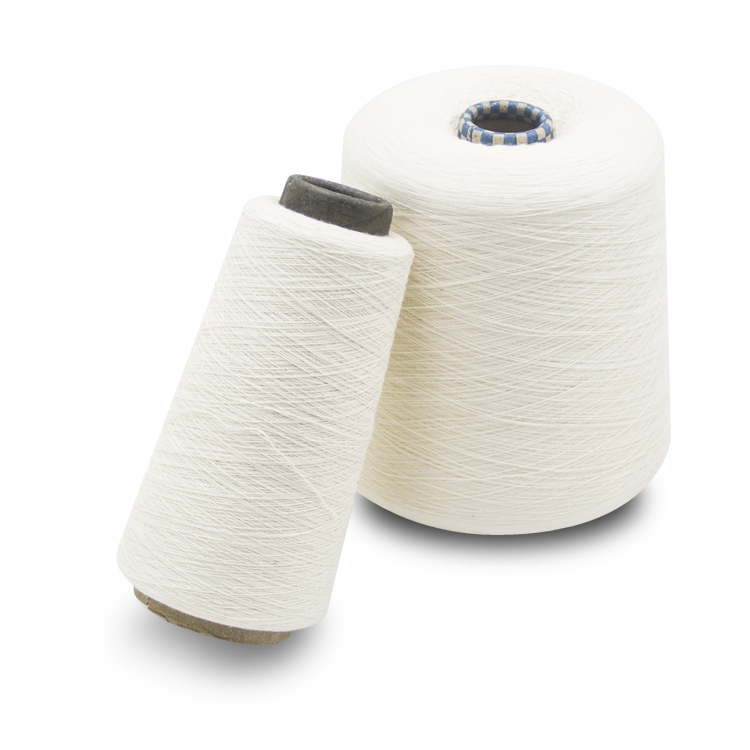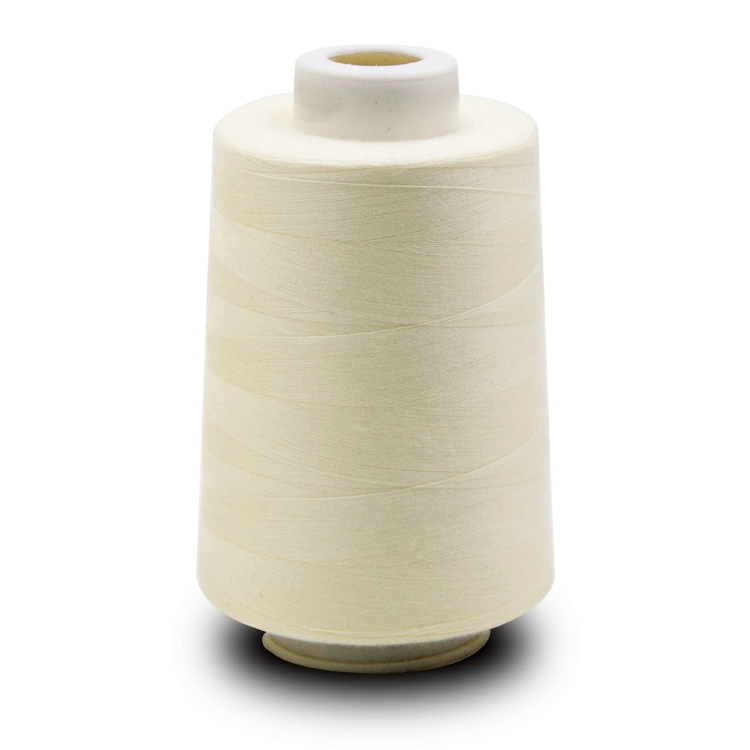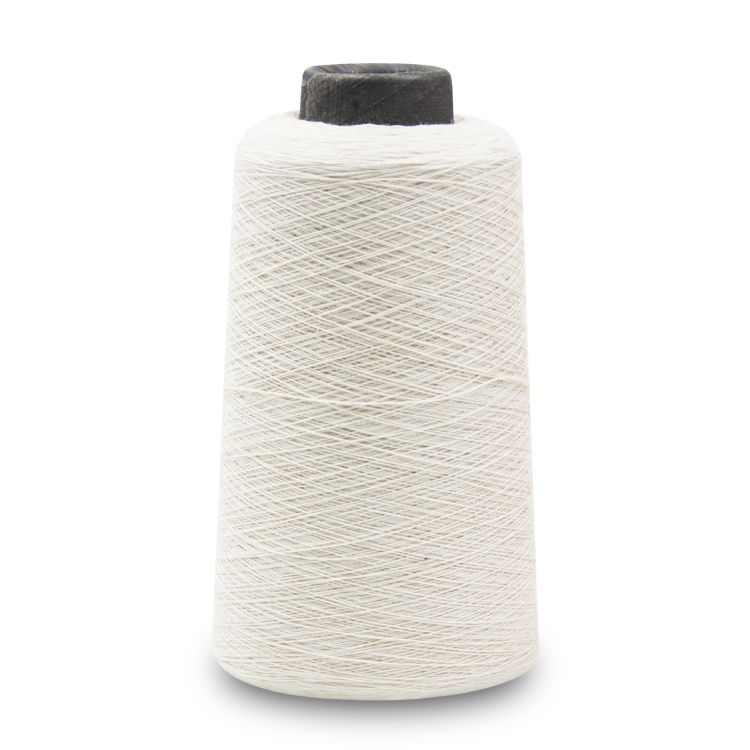Share to:
Related Products
High Quality Reasonable Price Colorful Cotton Thread
LQ-0901
Price: From $0.66
Delivery time: 9-20 days after payment
MOQ: 500 KG
Material:100% Cotton
Pattern:Dyed
Feature:High tenacity
Sample:Free
MOQ:1000KGS
Color:as request
Application:Garment,hometextile,ect
Advantage:Best service,high quality
The general knowledge of cotton textile thread of Guangzhou Liqi Textile Technology Co., Ltd. is introduced.
The main component of cotton fibre thread is cellulose, cellulose is a natural macromolecule compound. The chemical structure of cellulose is composed of alpha-glucose as the basic structural unit. Its element composition is carbon 44.44%, hydrogen 6.17%, oxygen 49.39%. The degree of polymerization of cotton fibersthread ranges from 6000 to 11000. In addition, cotton fibre yarn also contains about 5% of other substances, known as companion organisms, which have an impact on spinning process and bleaching, printing and dyeing processes. Cotton thread surface contains fat wax, commonly known as cotton wax. Cotton wax has a protective effect on cotton thread, which is one of the reasons why cotton yarn has good spinning performance. But at high temperature, cotton wax is easy to melt. So cotton cloth is easy to twist rollers and rollers. After degreasing treatment, the hygroscopicity of raw cotton increased, and the water absorption capacity could reach 23-24 times of its own weight.
Cotton thread length
The length of cotton fibre thread is mainly determined by cotton varieties, growth conditions and initial processing. Usually the average hand pull length of fine cotton is 23-33 mm, and that of long cotton is 33-45 mm. The length of cotton thread is closely related to spinning process and yarn quality. The longer the general length, the higher the length uniformity and the fewer short fibers, the finer the spinnable yarn, the more uniform the yarn evenness, the higher the strength, the smoother the surface and less hairiness; the shorter the length of cotton thread, the higher the ultimate linear density of the spun thread. The thread density of cotton fibers of various lengths generally has a limit value.
Cotton thread length refers to the distance between two ends when the fibers are stretched. It is one of the important physical properties of cotton thread. The length of cotton fibre is mainly determined by cotton varieties, growth conditions, initial processing and other factors. Cotton yarn
thread length is closely related to yarn quality and spinning process. The length of cotton fibers thread is long, the neatness is good, and the short fibers threads are few. The yarn has high thread strength, even thread evenness, smooth yarn surface and less hairiness.
The length of cotton fibers thread is not uniform. The length and distribution of cotton fibers threads are generally expressed by the main length, quality length, evenness and short fibre percentage. The main length refers to the length of the fibers with the most content in the cotton thread. Quality length refers to the average length of the fibers longer than the main body length. It is used to determine the roller spacing in spinning process. Short fibre percentage refers to the percentage of the weight of fibers whose length is shorter than a certain length limit to the total amount of fibers. Generally, thread strength and yarn evenness become worse when the short fibre ratio exceeds 15%. In addition, there are also length indicators such as hand pull length and span length.
Cotton fiber thread linear density
Cotton fiber thread linear density refers to the degree of fiber coarseness, which is one of the important quality indicators of cotton fiber thread. It is closely related to the maturity and strength of cotton fiber thread. Cotton fiber thread linear density is also one of the main factors that determine the spinning count and thread quality, and it is related to fabric handle, gloss and so on. The finer the fibers, the stronger the thread, the better the thread evenness, and the finer the thread can be spun.
Maturity of cotton thread
Maturity of cotton fibers thread refers to the degree of cell wall thickening, that is, the degree of maturity of cotton fibers thread, which is closely related to the physical properties of fibers. Normally mature cotton fibre thread has thick cross section, high strength, many turns, good elasticity, mercerizing, high cohesion between fibers and high thread strength. Therefore, maturity can be regarded as a comprehensive index of the internal quality of cotton fibers thread.
The maturity of cotton fibers varies greatly. Even in the same batch of cotton picked after normal bolling, mature and immature fibers will also be contained. Generally speaking, the fiber maturity refers to the average maturity of a batch of raw cotton.
The maturity of cotton thread is closely related to spinning process and finished product quality.
(1) Cotton fibers with high maturity can withstand strikes, easily remove impurities, and are not easy to produce neps and strands.
(2) Cotton fibers thread with high maturity have lower moisture absorption, better elasticity and lower twisting efficiency.
(3) The cotton fibers thread with high maturity have fewer flying flowers and falling cotton in the process of processing, and the rate of finished products is high.
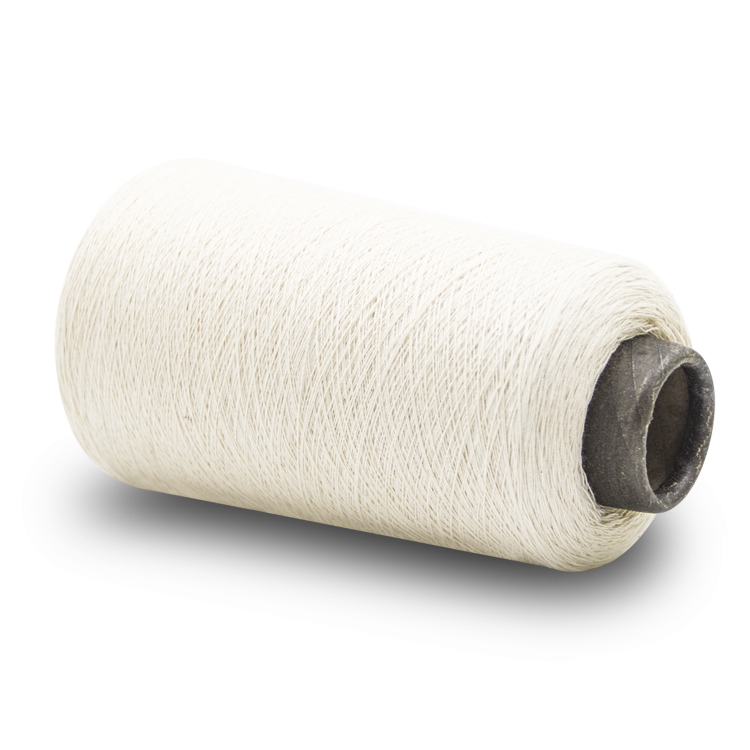
(4) Cotton thread with medium maturity has high yarn strength because of its finer fibers; cotton fibers thread with low maturity have low thread strength; cotton fibers thread with high maturity are thicker and have low thread strength, but cotton fibers with high maturity have better wear resistance after processing into fabrics.
(5) Cotton thread with high maturity has good color absorption and uniform dyeing.
Thin-walled fibers have poor color absorption and are easy to show white stars on dark-colored fabrics, affecting the appearance.
Maturity is expressed by maturity coefficient, which refers to the calibration value corresponding to the ratio of wall thickness to outer diameter of double layers after the middle section of cotton fibre thread is restored to a circle.
The ratio of visible cavity width to visible wall thickness was used to
determine.
The maturity coefficient of normal mature upland cotton is generally 1.5-2.0, and that of low-grade cotton is below 1.4. Considering the spinning process and thread quality, the maturity coefficient is ideal when it is between 1.7 and 1.8. The maturity coefficient of island cotton is higher than that of upland cotton, usually around 2.0. If the temperature in the area where island cotton is planted is on the low side, the maturity coefficient of island cotton will be significantly reduced and the maturity will be poor.
Strength and elasticity of cotton fiber thread
The strength of cotton thread is one of the necessary conditions for its spinning performance and use value. If the strength of cotton thread is high, the thread strength is also high. The strength of cotton fibers thread is usually expressed by breaking strength and breaking length. The strength of fine-staple cotton is 3.5-4.5 cN, the breaking length is 21-25 km; the strength of long-staple cotton is 4-6 cN, and the breaking length is 30 km. The breaking elongation of cotton fibers thread is 3%~7%, and the elasticity is poor.
Natural cotton fibre thread contains impurities. In the process of textile processing, various sizes, oils and contaminated dirt are added.
The existence of these impurities not only hinders the smooth process of dyeing and finishing, but also affects the wearability of the fabric.
The purpose of scouring and bleaching is to remove impurities from fabrics by chemical and physical mechanical action, to make the fabrics white and soft, to have good permeability, to meet the wearing requirements, and to provide qualified semi-products for dyeing, printing and finishing.
The main processes of scouring and bleaching of pure cotton fabrics threads are raw cloth preparation, singeing, desizing, scouring, bleaching and mercerizing.
